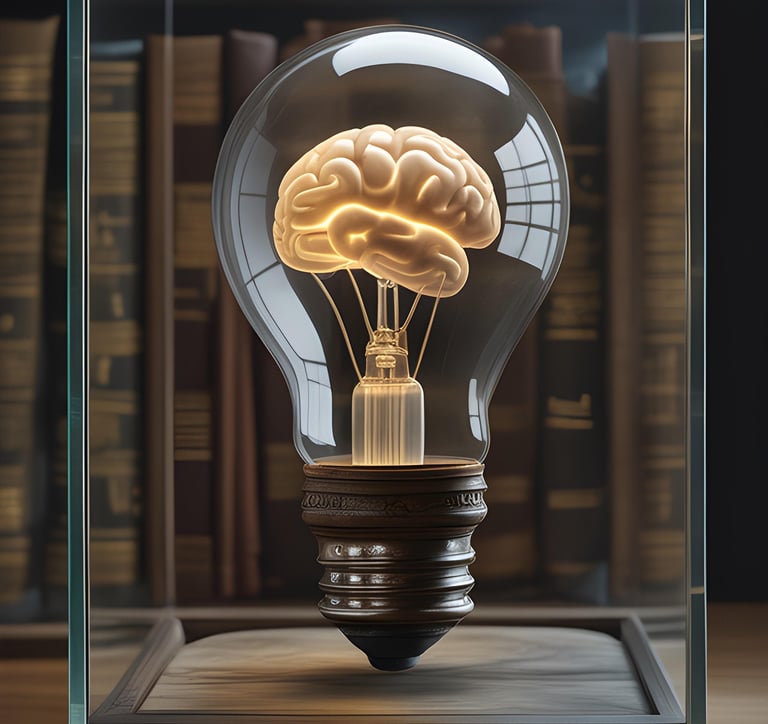🌐Similarity Theory & Philosophical Context
A Foundational Page of Similarity Theory
By Simon Raphael
🌀 Core Principles
Similarity Theory, developed by Simon Raphael, is a cosmological and metaphysical framework that seeks to explain the structural and conscious patterns of existence across multiple dimensions.
At its heart, Similarity Theory identifies three foundational elements:
🔹 Consciousness
🔹 Time
🔹 Dimensions
These elements persistently interact and evolve to manifest reality as we perceive it (1).
🌌 Consciousness Beyond Randomness
According to Similarity Theory, consciousness is not random. It is a structured, continuous force woven into the fabric of the cosmos.
Consciousness exists both universally and individually, linking all beings across dimensions.
Unlike traditional paradigms that describe cosmic consciousness as a single deity, Similarity Theory proposes a plurality of consciousnesses, each corresponding to different dimensions and universes (2).
🔗 Related page: Consciousness
🪞 Dimensions and Time
Dimensions represent interconnected cosmoi, each home to unique forms of evolving consciousness.
Time is not absolute. Instead, it is relative to dimensionality, experienced differently by beings in different levels of existence.
Higher-dimensional beings perceive time more fluidly, using it as a measure of progression, enabling conscious evolution across dimensional structures (3).
🔗 Related pages: Dimensions, Frames of Time
🧩 Philosophical Resonance
Philosophically, Similarity Theory aligns with panpsychism — the view that consciousness is inherent in all things — but extends it further by explicitly integrating dimensions and time into the evolutionary process (4).
This offers a richer metaphysical discourse, one that situates consciousness as both local and cosmic, both individual and universal.
👁️ The Observer Effect
The observer effect, a cornerstone of quantum physics, finds a natural place within Similarity Theory:
Consciousness influences reality through observation.
Every conscious act selects or generates frames of experience, creating a feedback loop between mind and cosmos.
This means that each conscious choice expands the universe, producing new temporal frames (5).
🔗 Related page: Frames of Time, The Observer Effect.
📚 Science and Open Exploration
Similarity Theory rejects the notion of scientific finality. Instead, it encourages open-ended exploration:
While M-theory suggests an 11-dimensional universe, Similarity Theory holds that reality may stretch far beyond — possibly infinitely (6).
Science should acknowledge its limits and invite speculative yet rigorous inquiry, integrating metaphysical depth alongside mathematics.
🔗 Related page: Dimensions
🌱 Depth Psychology and Archetypes
Similarity Theory resonates with Carl Jung’s ideas of archetypes and individuation:
Consciousness evolves through symbolic structures.
Archetypes echo across time, dimensions, and the self.
Simon Raphael’s framework converges with Jung, offering a cosmological extension of psychological individuation (7).
🔗 Related page: Self
✨ Conclusion
Through these philosophical, scientific, and psychological dialogues, Similarity Theory emerges as a robust cosmological framework, bridging the gaps left by conventional models.
It provides a profound explanation of the architecture and behaviour of reality itself — one where Dimensions, Time, and Consciousness form the living pillars of existence.
📖 References
Raphael, Simon. Similarity Theory Fundamentals. SimilarityTheory.com, 2025.
Raphael, Simon. Dimensions and Cosmic Consciousness. SimilarityTheory.com, 2025.
Raphael, Simon. Time and Dimensionality. SimilarityTheory.com, 2025.
Chalmers, David J. Panpsychism and Panprotopsychism. Philosophy Compass 8, no. 2 (2013): 87–99.
Raphael, Simon. The Observer Effect within Similarity Theory. SimilarityTheory.com, 2025.
Greene, Brian. The Hidden Reality: Parallel Universes and the Deep Laws of the Cosmos. Vintage, 2011.
Jung, Carl G. The Archetypes and the Collective Unconscious. Routledge, 1959.



